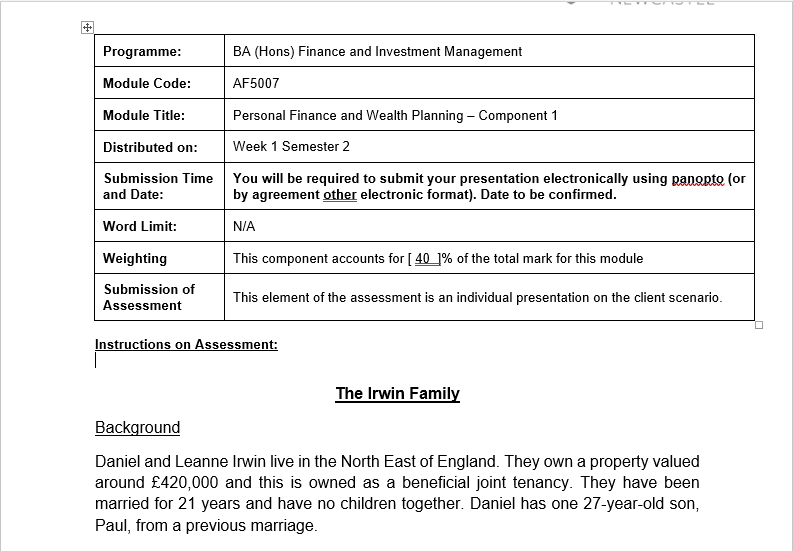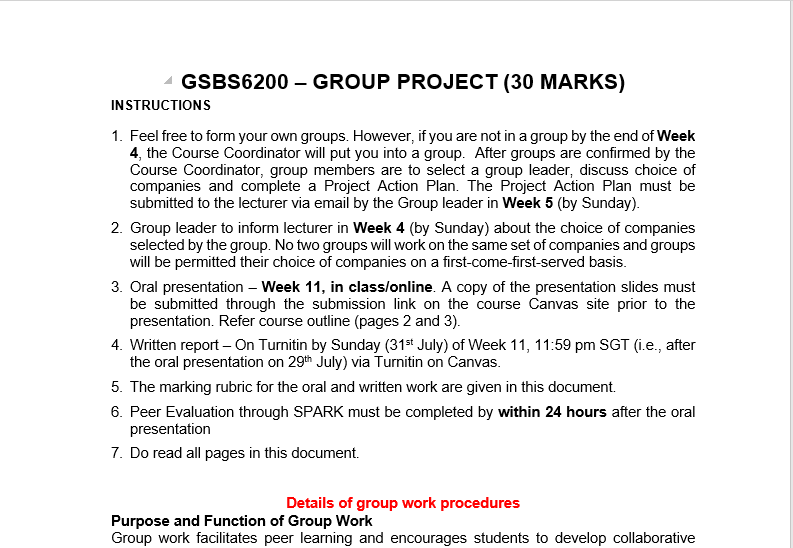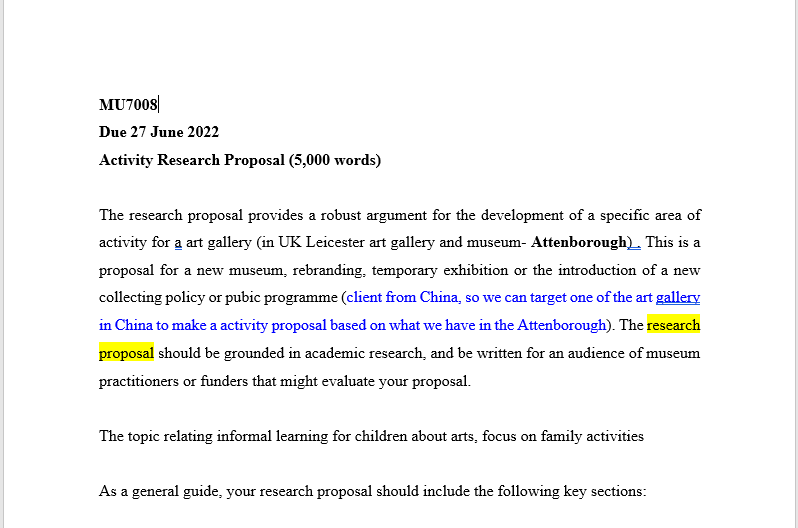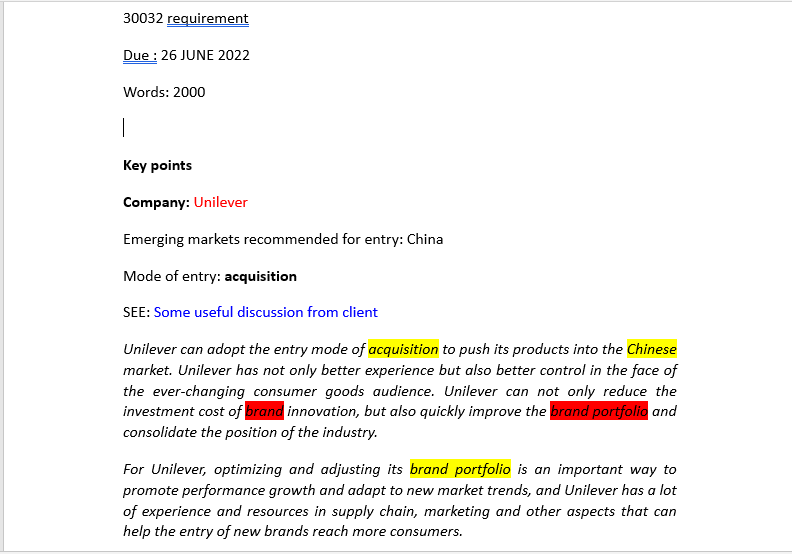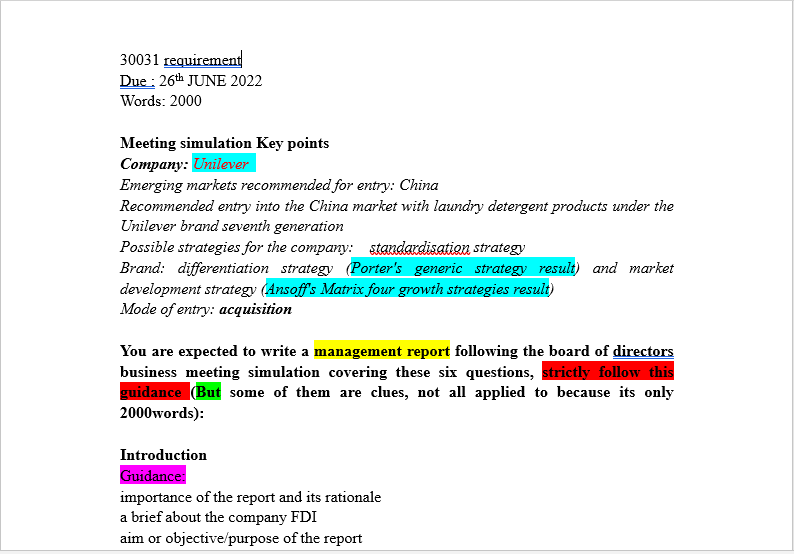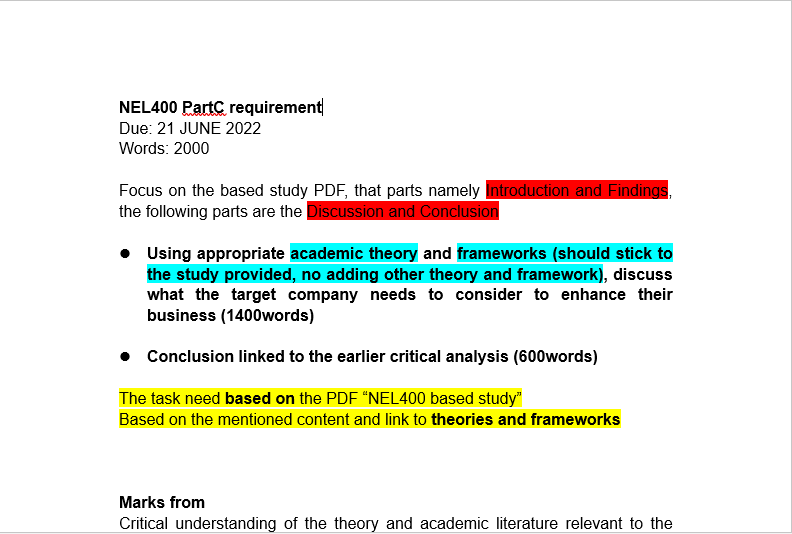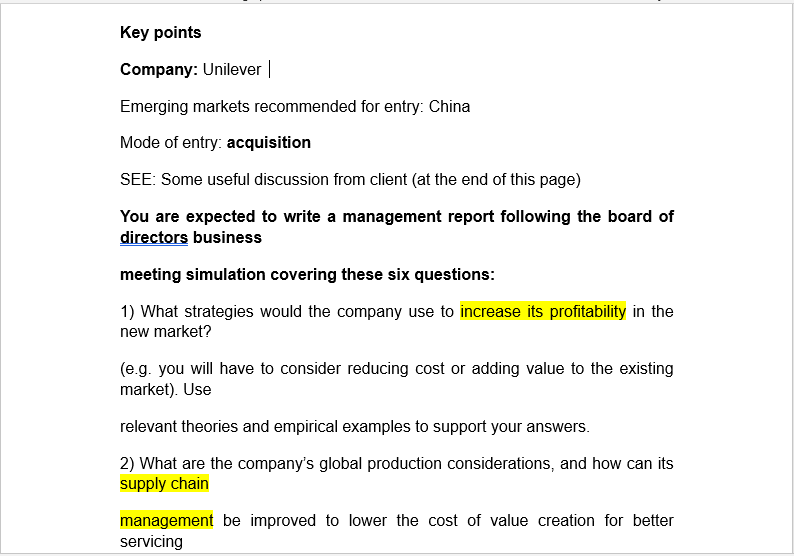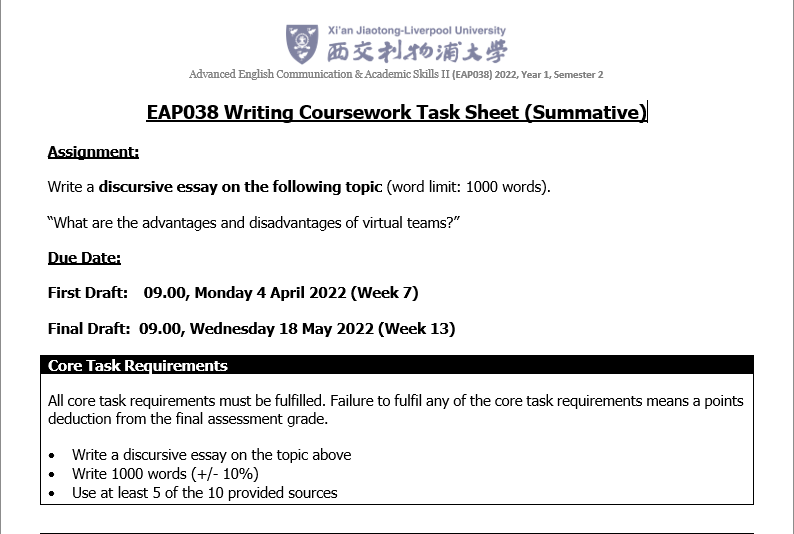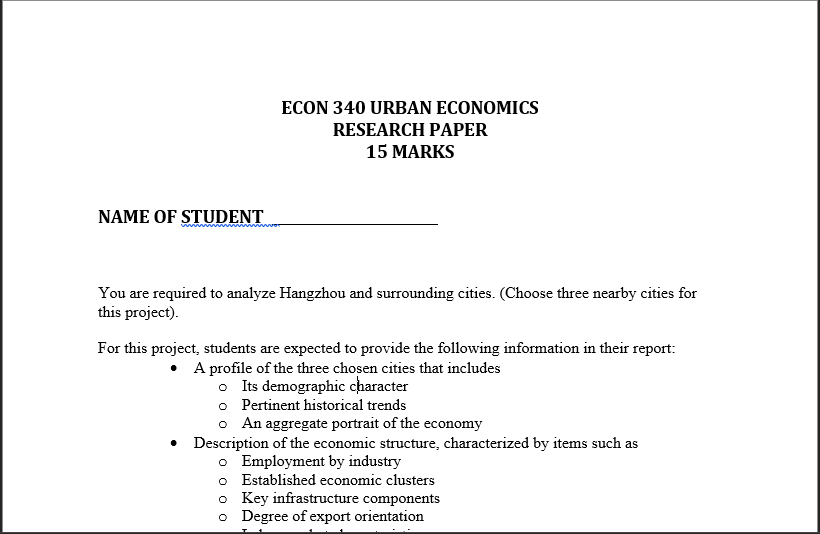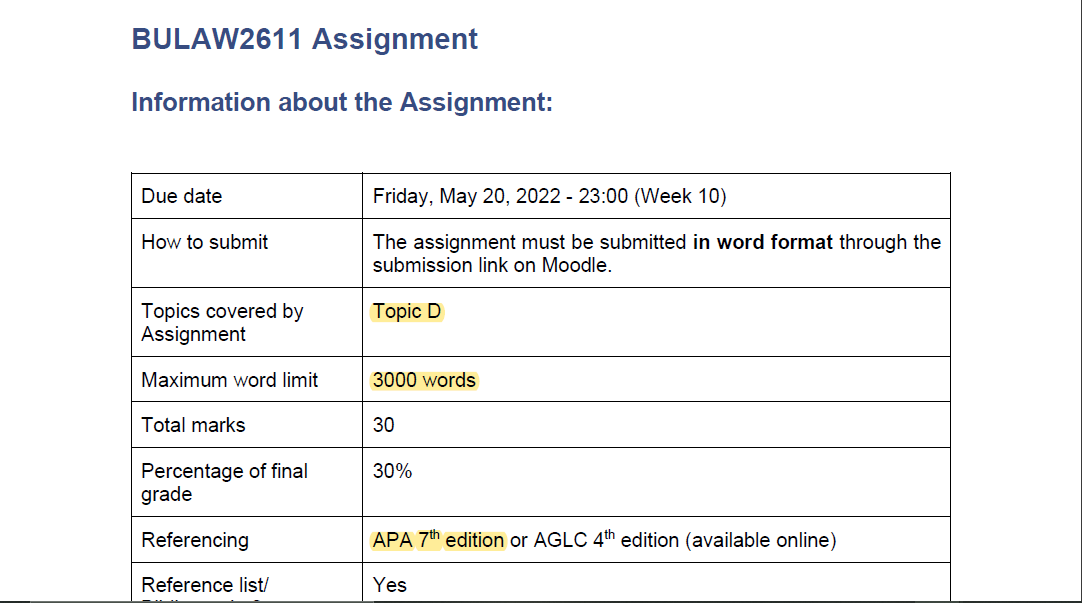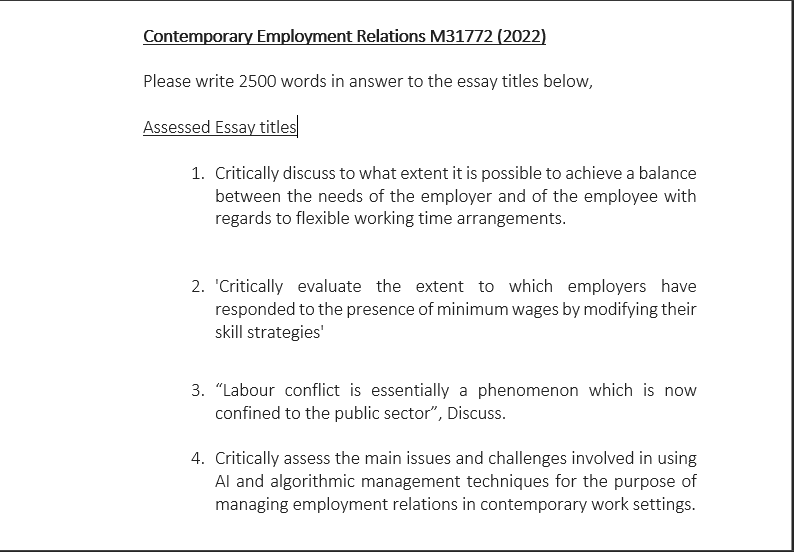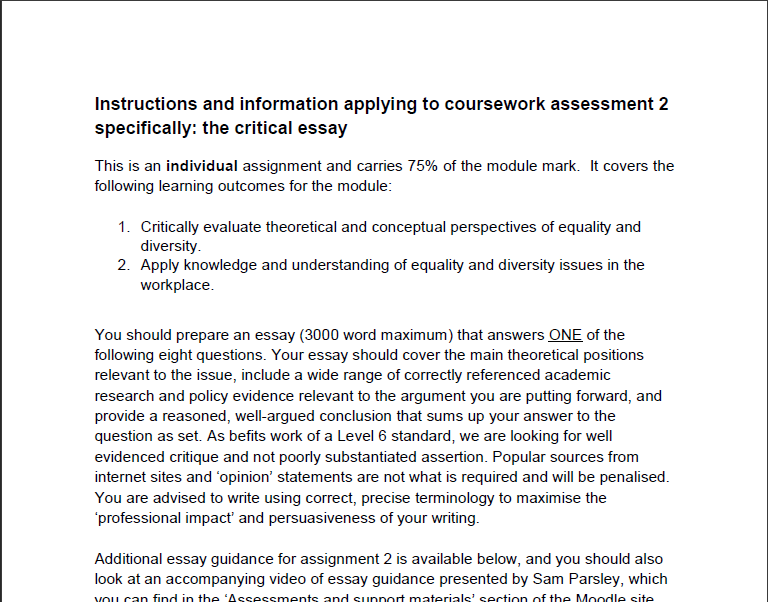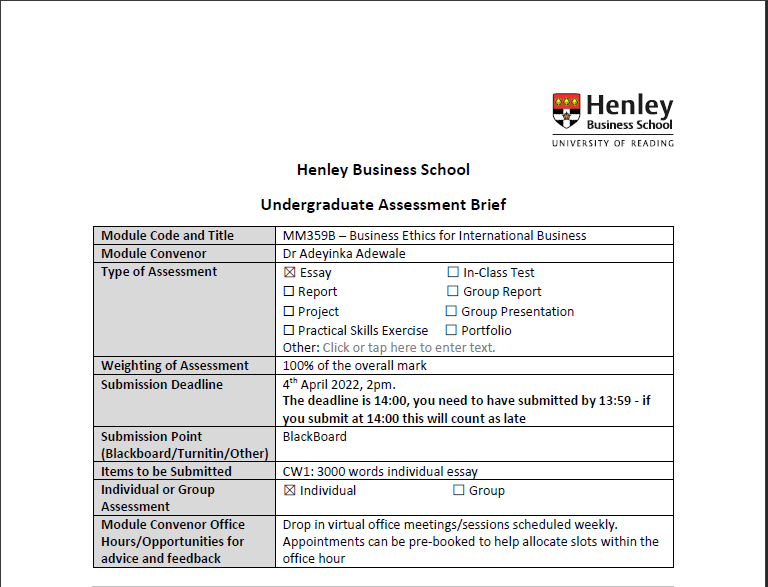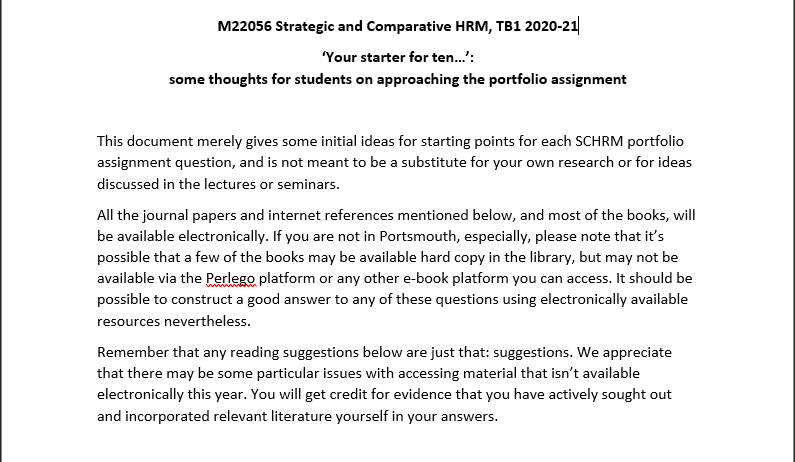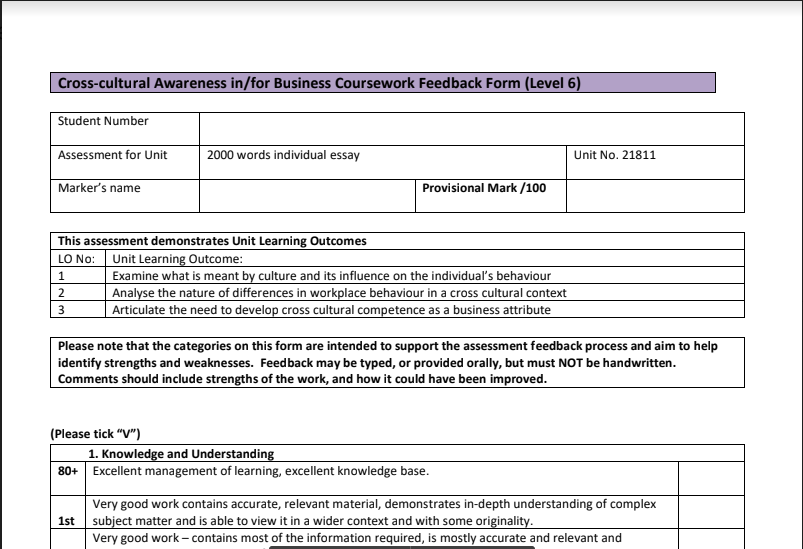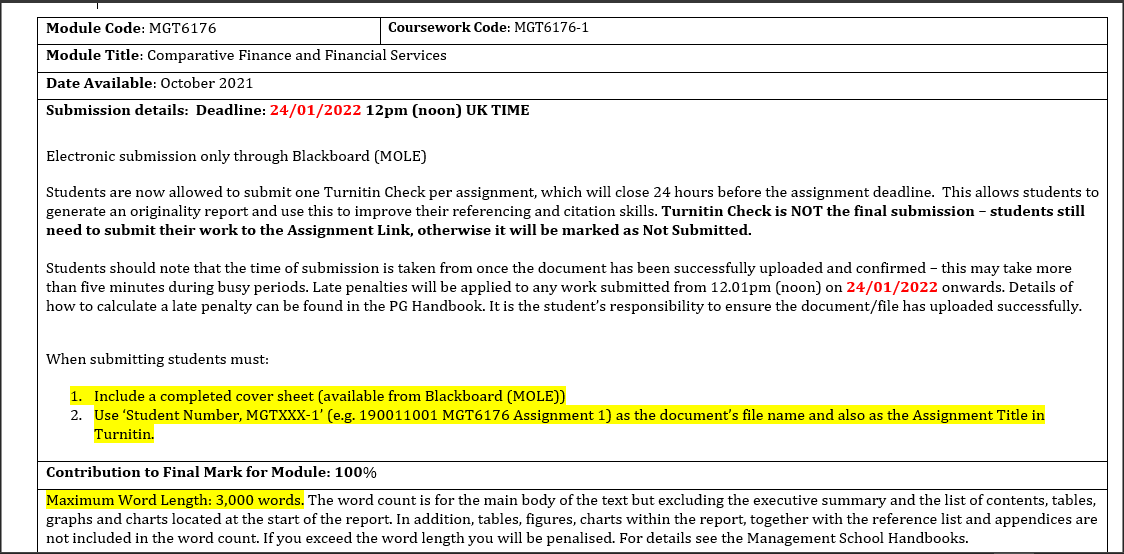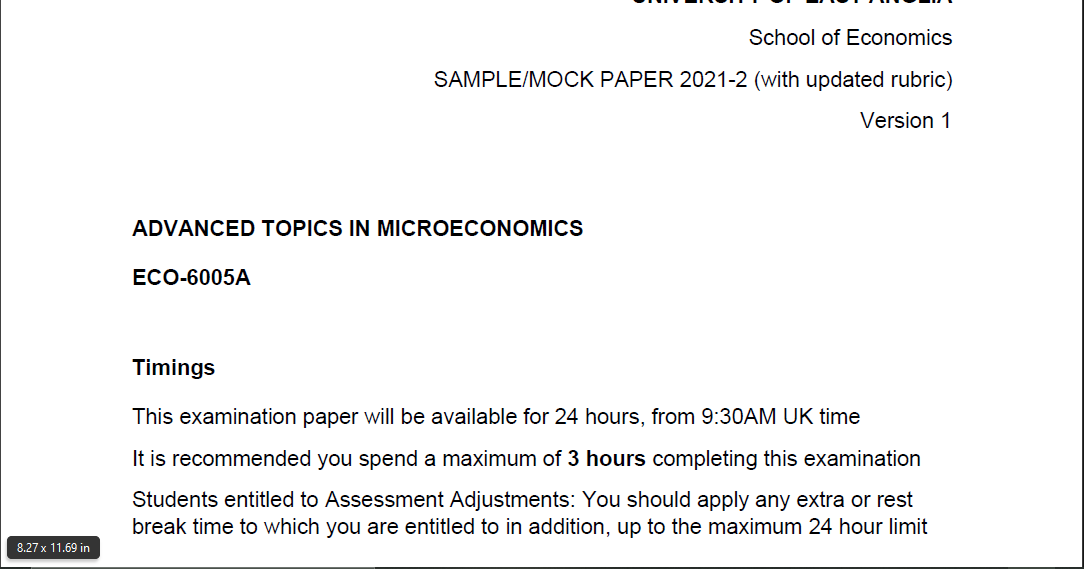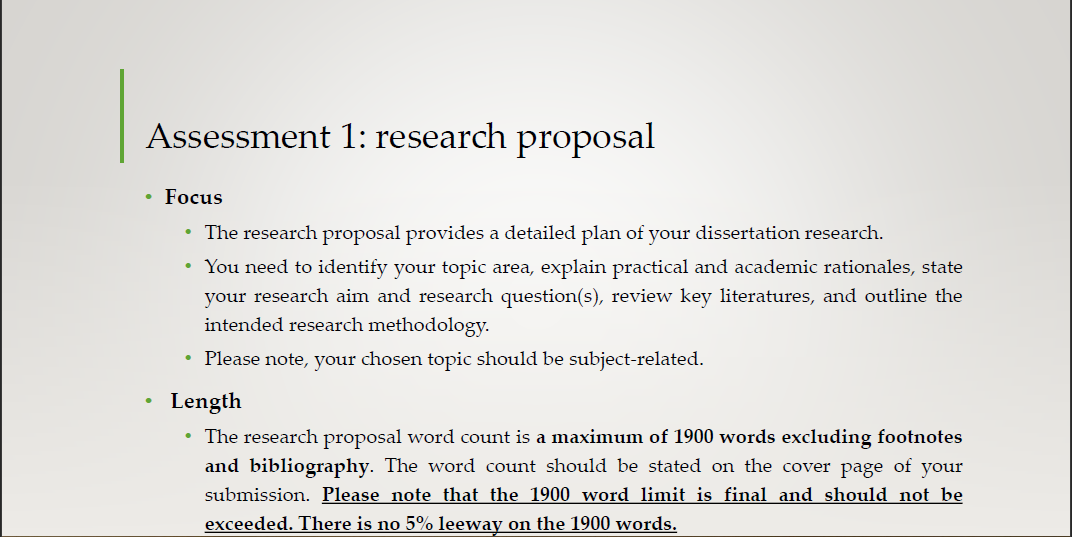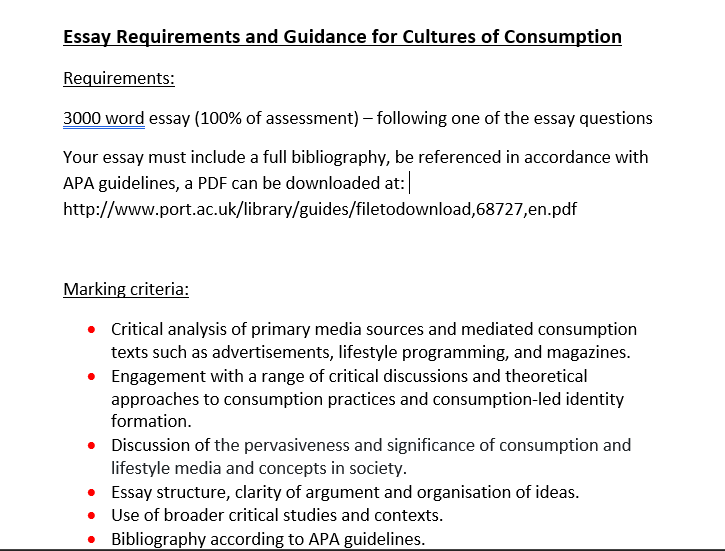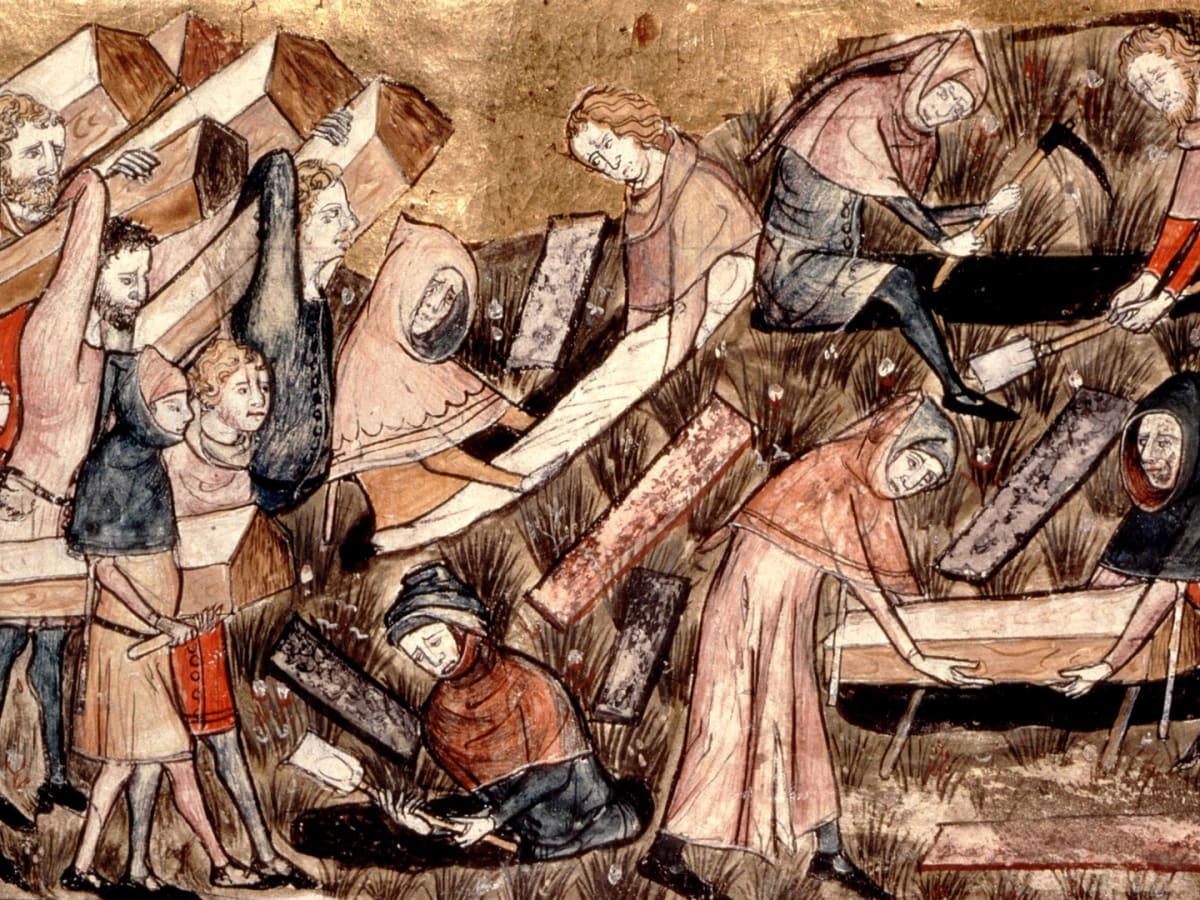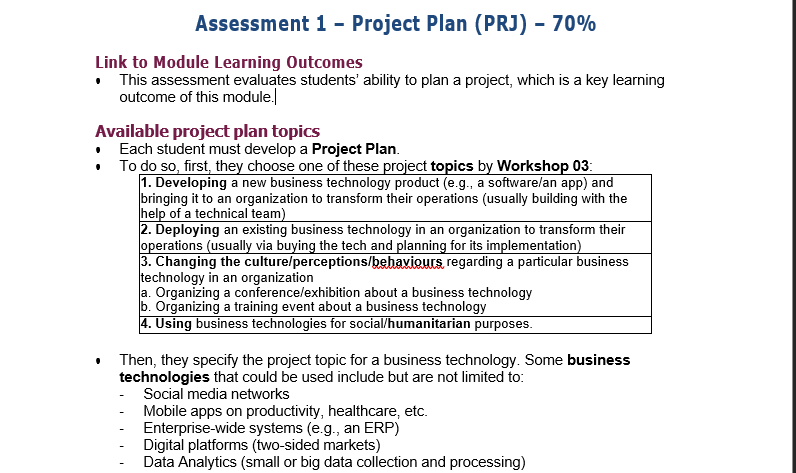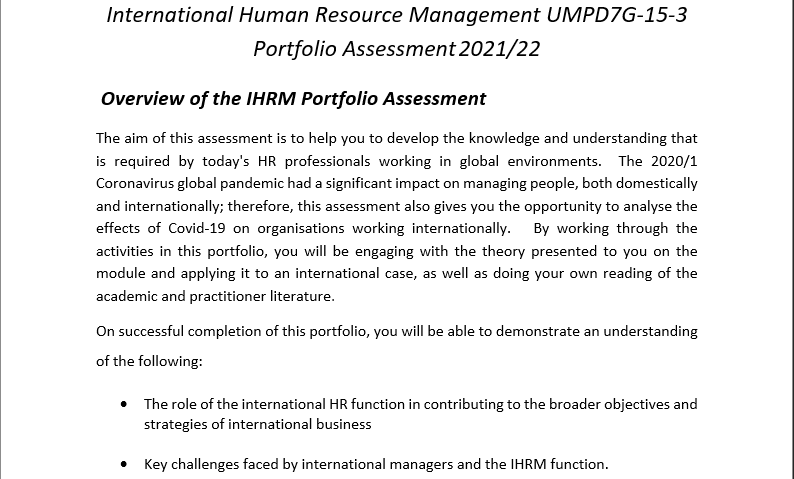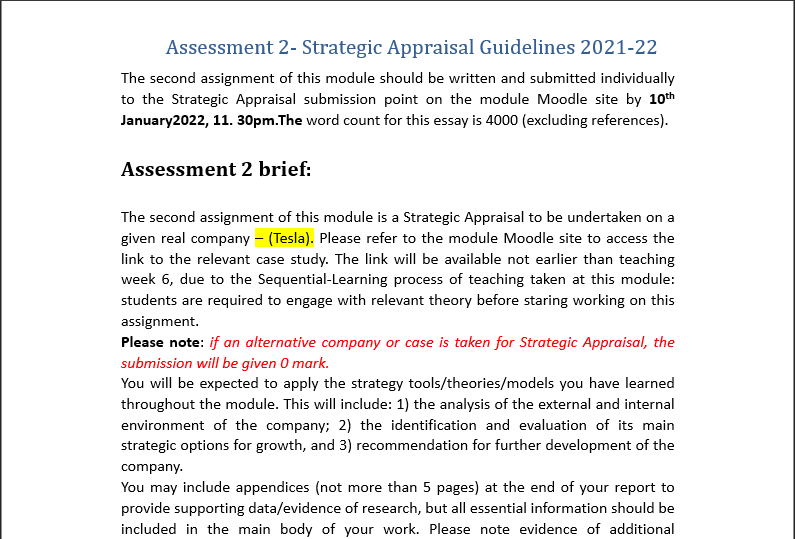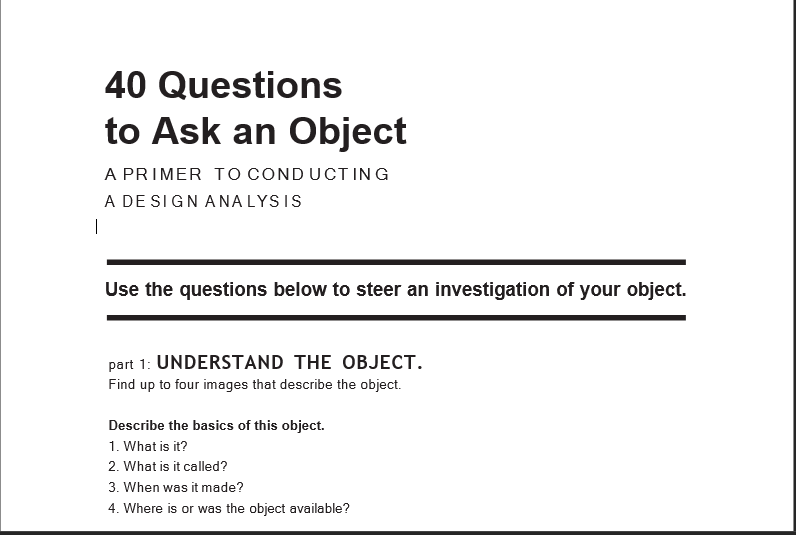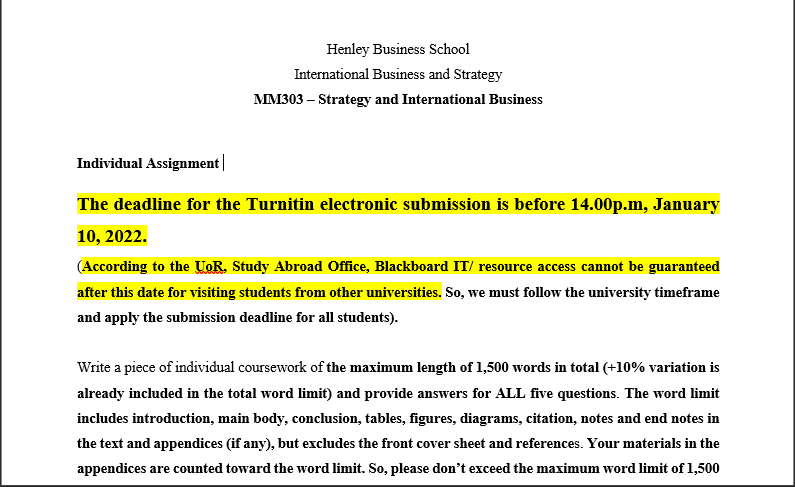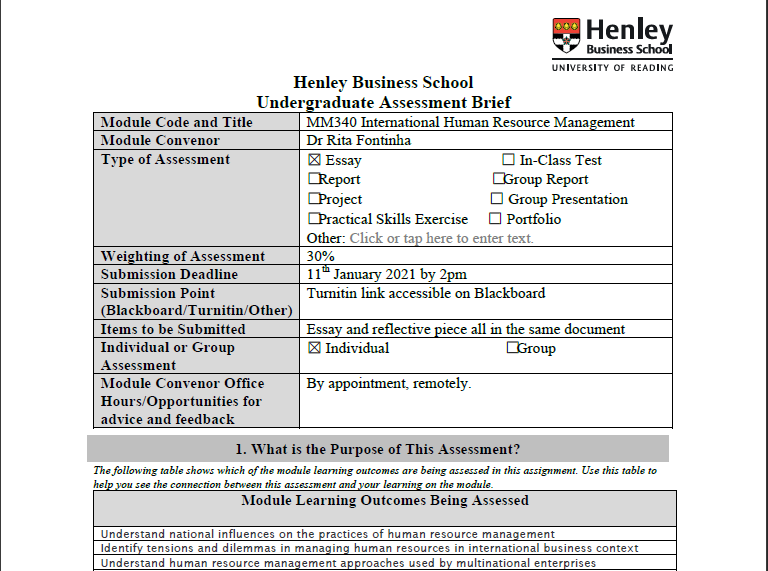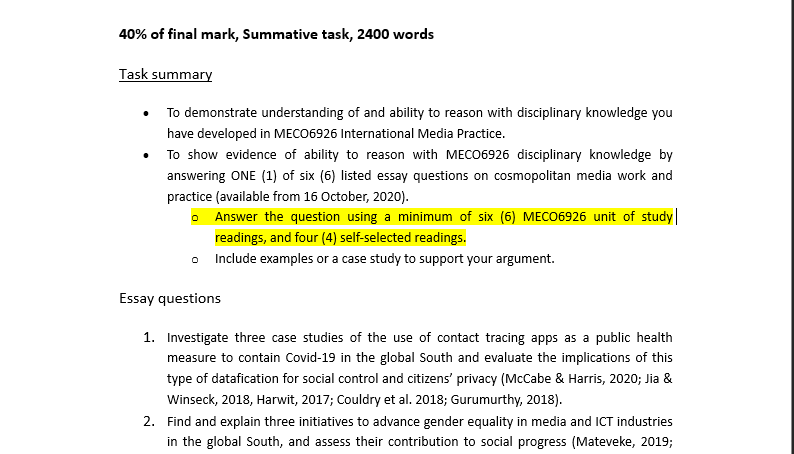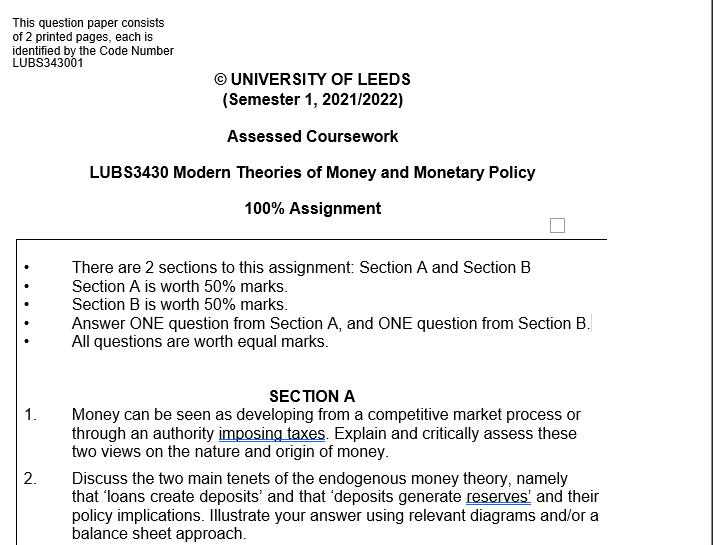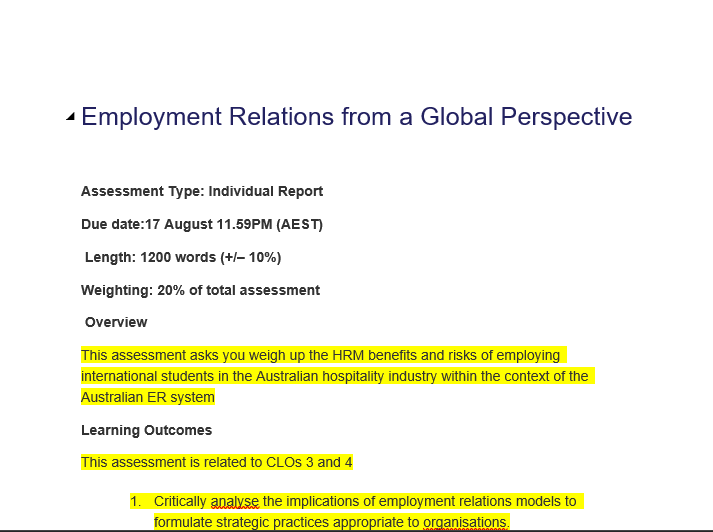Order to get such an assignment done
|
Programme: |
BA (Hons) Finance and Investment Management |
|
Module Code: |
AF5007 |
|
Module Title: |
Personal Finance and Wealth Planning – Component 1 |
|
Distributed on: |
Week 1 Semester 2 |
|
Submission Time and Date: |
You will be required to submit your presentation electronically using panopto (or by agreement other electronic format). Date to be confirmed. |
|
Word Limit: |
N/A |
|
Weighting |
This component accounts for [ 40 ]% of the total mark for this module |
|
Submission of Assessment |
This element of the assessment is an individual presentation on the client scenario. |
Instructions on Assessment:
The Irwin Family
Background
Daniel and Leanne Irwin live in the North East of England. They own a property valued around £420,000 and this is owned as a beneficial joint tenancy. They have been married for 21 years and have no children together. Daniel has one 27-year-old son, Paul, from a previous marriage.
Daniel is 58 and in good health. He married at 21 but divorced at 35, when he then met Leanne. He had a clean-break settlement in his divorce and his ex-wife has no claim on his finances.
Daniel’s father is still alive and lives 10 miles away in his own property in Newcastle. He is a widower and at 85 still lives on his own although his health is deteriorating and Daniel helps him often. The property owned by Daniel’s father is valued at £290,000 and his will leaves it to Daniel and his sister Julie. Julie lives in Devon in the South West of the country.
Leanne’s parents are a little younger. Leanne is 52 and her parents are in their mid-seventies. They are both in reasonable health although they have started to worry about the fact they live in the South East of England, some distance from Leanne, who is their eldest child. They own a large house that has a current market value in the region of £1,500,000. They also have some jointly held investments amounting to £215,000 and ISAs of £52,000 each. On the first death, Leanne’s parents would like to leave the remainder to the surviving partner (their property is jointly owned currently). On the second death they would like to leave as much of this as possible to Leanne and her younger sister Kerry upon their death. They are very keen that the “tax man should not have any of Leanne and Kerry’s inheritance” but do not know much about inheritance tax. They are aware they may have to pay tax but would like to mitigate this where possible. Leanne’s sister Kerry is unmarried with one eleven-year-old son Steven, Leanne’s nephew.
Employment and Pensions
Daniel worked for a private company in the North East from the age of 16 to 35, when he was made redundant. He contributed to a defined benefit pension scheme. He has 19 years of pensionable service and is due to receive his full pension benefits in 2024, when he will be 60. His latest statement indicated his annual pension to be £15,620. This figure will increase in line with inflation. The total transfer value of his pension, should he want to transfer it to a defined contribution scheme is £650,000. He no longer contributes to this scheme.
Daniel now works for the National Health Service with an annual salary of £26,750. He contributes to a public sector defined benefit scheme. Based on benefits accrued to date, his latest statement predicted an annual pension of £6,000 and a tax-free compulsory lump sum of three times this amount. This is also payable in full when he is 60. Daniel does not anticipate that his salary will change significantly between now and when he intends to retire at 60 and therefore for the purposes of planning for retirement, he bases any plans on these figures. Daniel is a keen amateur sportsman and would love to have more time to devote to training and competing so is very keen to retire as soon as financially possible. He would also love to travel with Leanne. Daniel’s death in service benefit (life assurance) is £60,500 and a survivor pension would be payable to Leanne in this event.
Leanne is a Senior Lecturer at a local University with an annual salary of £51,700. She has two pension schemes. She is a member of the teacher’s pension scheme. She is unsure how much her annual pension will be when she retires but knows that there is an online calculator which she can use to help her with her planning. She is aware that she has options in relation to the age she can retire from education and the size of the lump sum relative to the annual pension she can choose to take. Currently she has built up 14 years of contributions in the scheme. Her full teacher’s pension is payable at 67 but the scheme allows members to retire earlier than this, but this has consequences to the pension payable. She thinks that her pension provides for Daniel in the event of her death but is not quite sure. Leanne particularly wants to know what her potential pension and lump sum would be at 60 and 67. She loves her job but does not want to be too old when she retires, especially as Daniel is older than her.
Leanne also has a private defined contribution pension. The total fund value is currently £85,760. She has not contributed to this scheme for many years but still receives her annual statement showing how the fund has grown. By the age of 65, this fund is forecast to be able to buy an annual annuity of around £4,000 per annum. Leanne is a bit disappointed with this value. She would like to know if there are any alternatives to having to draw an annuity.
Both Daniel and Leanne are due to receive a full state pension at the age of 67.
Daniel and Leanne have heard about the 2015 pension freedoms in the media. They have discussed how it would be useful to access their pension funds for various purposes, including paying off the remainder of their mortgage and other debts. They have heard that the reforms allow individuals to access their pensions at 55 but do not know much else about the changes or which types of pensions they relate to. Daniel has heard that it is possible to transfer his defined benefit schemes to a defined contribution scheme to take advantage of the reforms potentially allowing him to retire even earlier than he intends to. He has also heard that there are some disadvantages of doing so, therefore he seeks clarity on this.
Property and other assets
Daniel and Leanne have a joint repayment mortgage with Santander that they took out years ago. The current outstanding balance is £12,000 with around one year until the total sum is fully repaid. They currently repay £900 per month.
They have contents and buildings insurance but have no other insurance policies, other than those already mentioned and car insurance on their two cars.
Leanne owns a small house in the south of England. She bought the house at the end of June 1995 for £65,000 paying purchase costs of £2,000. She lived in it for 4 years as her main residence but then moved away and just used the flat as an additional base when she visited her parents. She has recently put it up for sale for an asking price of £325,000 (with predicted costs of sale of £2,500).
Leanne also has a valuable painting that she was bequeathed by her grandparents that she intends to sell at auction this year. The probate value was £12,000 and she has been advised by an expert that it is now worth £32,000 and she hopes to realise this. Leanne does not know if she will have to pay tax on these disposals but would like to find out about any ways in which this tax liability could be minimised.
Once both assets have been sold, she wants to use some of the money to build a fund to help provide a university education for her nephew Steven, as well as to help him with a small house deposit to buy a property in the future. She wishes to earmark £50,000 for this purpose.
Leanne would like to invest this £50,000 and any remaining proceeds of the asset disposals not used for other purposes in a portfolio of investments to grow her money. She is happy to take on some risk but wants to make sure that the £50,000 earmarked for Steven is fairly safe. She does not want to have to do much to manage the portfolio, as she is very busy.
Daniel was left £16,000 by his grandfather, when he passed away seven years ago. This is invested into £8,000 premium bonds, £2,500 cash ISA and the remainder in a savings account with a local building society. Leanne has suggested he invests in something that will give a better return, but Daniel is inherently risk averse. He has however thought that he may be willing to take on a little more risk. He would therefore be open to suggestions as to how he could invest this, and any other money he may have from other sources.
Estate planning
Daniel and Leanne currently do not have a will. Both would like each other to inherit their assets when they die and have assumed this will happen. After both deaths, they would like Paul and Steven to be provided for equally. They are not sure if they need a will, and both admit to knowing very little about them or the consequences of dying intestate. They are also concerned on the impact of ill-heath and making sure that if they are unwell, the other can make decisions for them.
Paul
Daniel’s son Paul lives with his mother. He has been saving for a deposit on a property so that he can move out and live independently. He is not sure on how to proceed. He has saved £10,000 with the help of grandparents to date. His gross salary is £25,000 per annum.
Other Liabilities
Daniel and Leanne have a car loan with a balance outstanding of £8,500. This is due to be fully paid up in 3 years’ time. They currently pay £300 per month. Leanne has £9,700 on a credit card. She only pays the minimum balance off this each month.
Income and expenditure
Daniel and Leanne have an joint approximate monthly net income of roughly £5,000. They do not wish to substantially change their lifestyle. They do not have surplus income at the present time as like to holiday often and eat out frequently.
Assessment Tasks
You will be required to make a 10-minute individual presentation of the main elements of your report (as per written report) to the clients (you will record this using panopto or powerpoint with a voiceover and submit an electronic version. Detailed submission guidance will be issued).
You will be assessed on:
- Presentation skills: The assessment criteria will include giving a clear introduction, demonstrating the ability to communicate in a clear, audible and engaging way. You should take care to pace the presentation so that the timing is accurate.
20 marks
- Content: Your presentation should be in the appropriate level of detail and is an overview of what is to come in your report. You should therefore consider demonstrating the following:
- Discussion of the couple’s objectives with reference to timescale
- Logical flow and structure of content
- Evidence of research to form recommendations
- Case study relevance and use of up-to-date material
- Coverage of issues in the case study at the appropriate level of depth to include an overview of key recommendations to be expanded on in the report.
- 20 marks
ASSESSMENT REGULATIONS
You are advised to read the guidance for students regarding assessment policies. They are available online here.
Late submission of work
Where coursework is submitted without approval, after the published hand-in deadline, the following penalties will apply.
For coursework submitted up to 1 working day (24 hours) after the published hand-in deadline without approval, 10% of the total marks available for the assessment (i.e.100%) shall be deducted from the assessment mark.
For clarity: a late piece of work that would have scored 65%, 55% or 45% had it been handed in on time will be awarded 55%, 45% or 35% respectively as 10% of the total available marks will have been deducted.
The Penalty does not apply to Pass/Fail Modules, i.e. there will be no penalty for late submission if assessments on Pass/Fail are submitted up to 1 working day (24 hours) after the published hand-in deadline.
Coursework submitted more than 1 day (24 hours) after the published hand-in deadline without approval will be marked as zero but will be eligible for referral. The reassessment should where appropriate, and as determined by the Module Leader, be the same method (e.g. essay) but maybe with a different task (e.g. different essay title) or with the same task (e.g. the same essay title) as indicated in the Module handbook.
In modules where there is more than one assessment component, Students are not required to complete all assessment components if an overall Pass Mark (40% UG, 50% PGT) has been achieved.
The only permitted exception will be in cases where the University is prevented from doing so by a PSRB requirement. In the case of PSRB requirements, a variation order will be required from the regulations.
In modules, where there is more than one assessment component and an overall pass mark has not been achieved, Students will be eligible for a referral* in the individual failed module and/or not attempted component(s) of assessment.
These provisions apply to all assessments, including those assessed on a Pass/Fail basis.
The full policy can be found here.
Word limits and penalties
If the assignment is within +10% of the stated word limit no penalty will apply.
The word count is to be declared on the front page of your assignment and the assignment cover sheet. The word count does not include:
appendices, glossary, footnotes, tables
Please note, in text citations [e.g. (Smith, 2011)] and direct secondary quotations [e.g. “dib-dab nonsense analysis” (Smith, 2011 p.123)] are INCLUDED in the word count.
If this word count is falsified, students are reminded that under ARTA this will be regarded as academic misconduct.
If the word limit of the full assignment exceeds the +10% limit, 10% of the mark provisionally awarded to the assignment will be deducted. For example: if the assignment is worth 70 marks but is above the word limit by more than 10%, a penalty of 7 marks will be imposed, giving a final mark of 63.
Students must retain an electronic copy of this assignment (including ALL appendices) and it must be made available within 24hours of them requesting it be submitted.
The full Word Limit Policy is available here.
The time allocated for the presentation must be adhered to. At the end of this time, the presentation will be stopped and will be marked based on what has been delivered within the time limit.
Academic Misconduct
The Assessment Regulations for Taught Awards (ARTA) contain the Regulations and procedures applying to cheating, plagiarism and other forms of academic misconduct.
The full policy is available at here
You are reminded that plagiarism, collusion and other forms of academic misconduct as referred to in the Academic Misconduct procedure of the assessment regulations are taken very seriously. Assignments in which evidence of plagiarism or other forms of academic misconduct is found may receive a mark of zero.
Mapping to Programme Goals and Objectives:
This assessment will contribute directly to the following Undergraduate programme goals and objectives.
1. Knowledgeable about the theory and practice of responsible business and management in an international context
Objectives, Students will be able to:
|
x |
1. |
Apply knowledge of contemporary professional practice in business and management informed by theory and research.
|
|
x |
2. |
Apply knowledge of business and management to complex problems in professional practice in order to identify justifiable, sustainable and responsible solutions.
|
2. Intellectual/Professional Skills and abilities
Objectives, Students will be able to:
|
x |
1. |
Apply effective interpersonal communication skills and the ability to work in multi-cultural teams.
|
|
|
2. |
Produce evidence of self-reflection as a means of informing personal development planning
|
|
x |
3. |
Demonstrate skills and attitudes for progression to post-graduate contexts including professional work, entrepreneurship and high-level study |
3. Personal Values Attributes
Objectives, Students will be able to:
|
x
|
1. |
Develop an awareness of the cultural and ethical context in which international business operates. |

